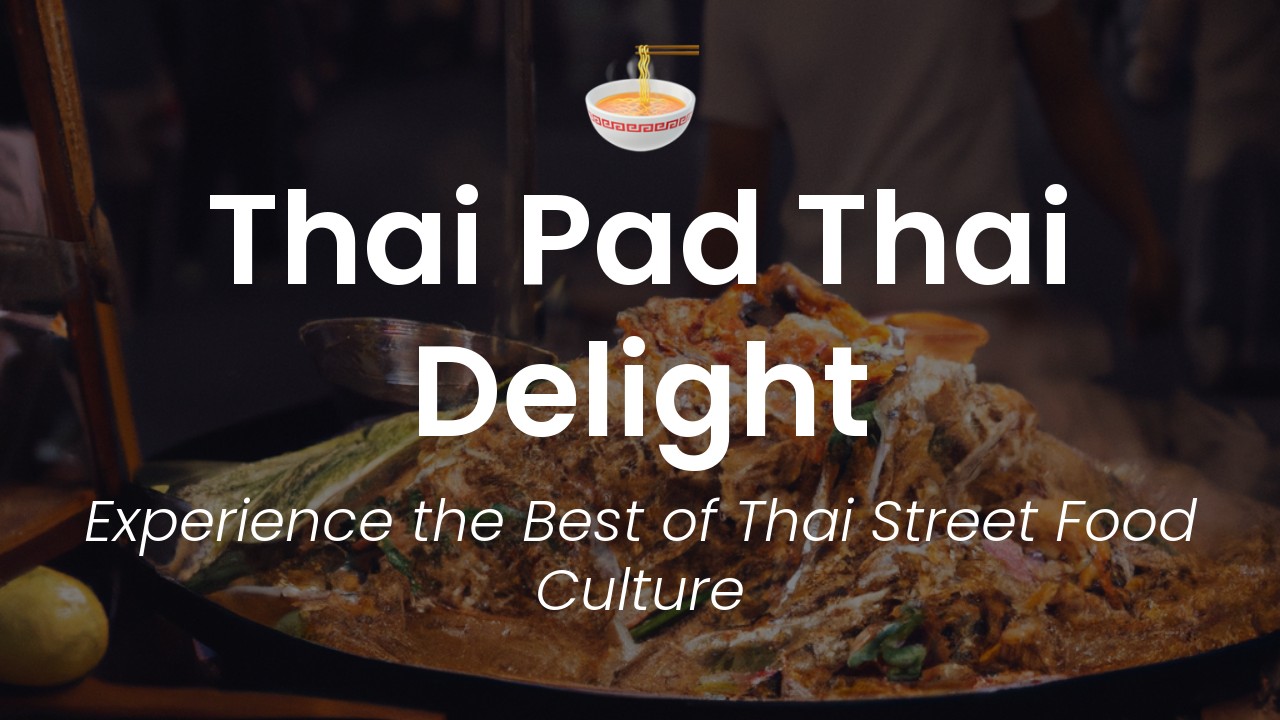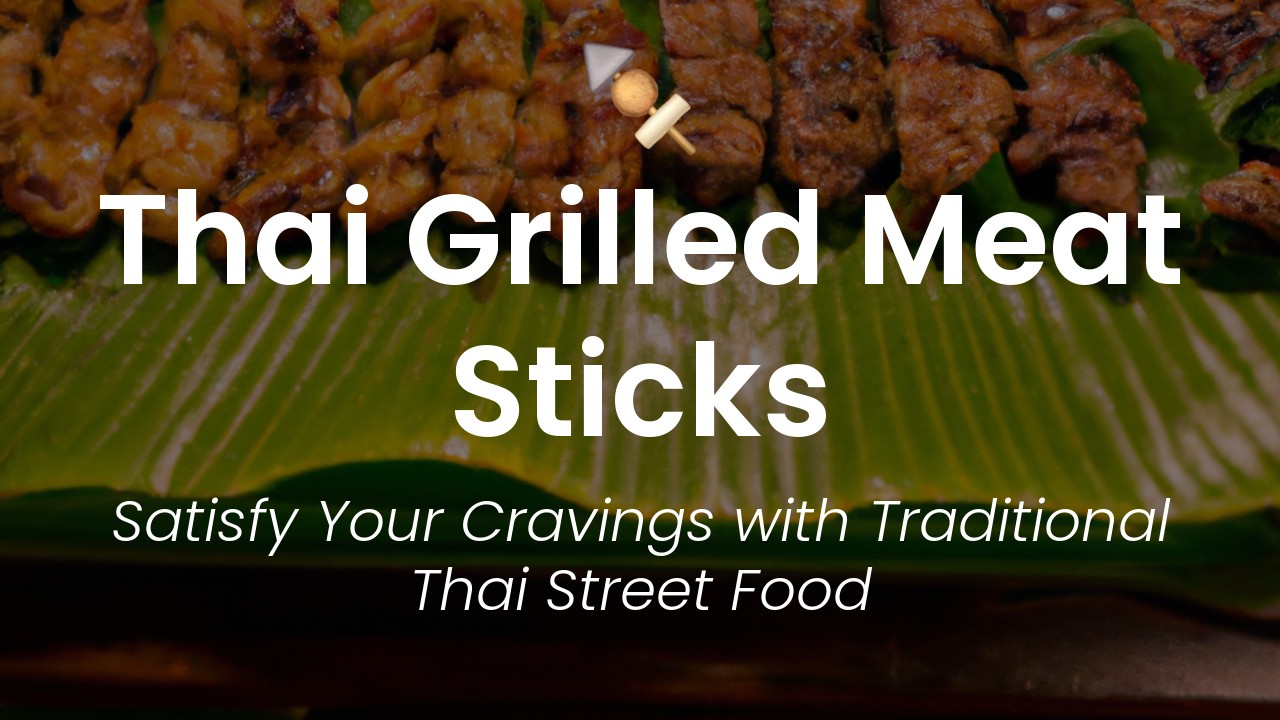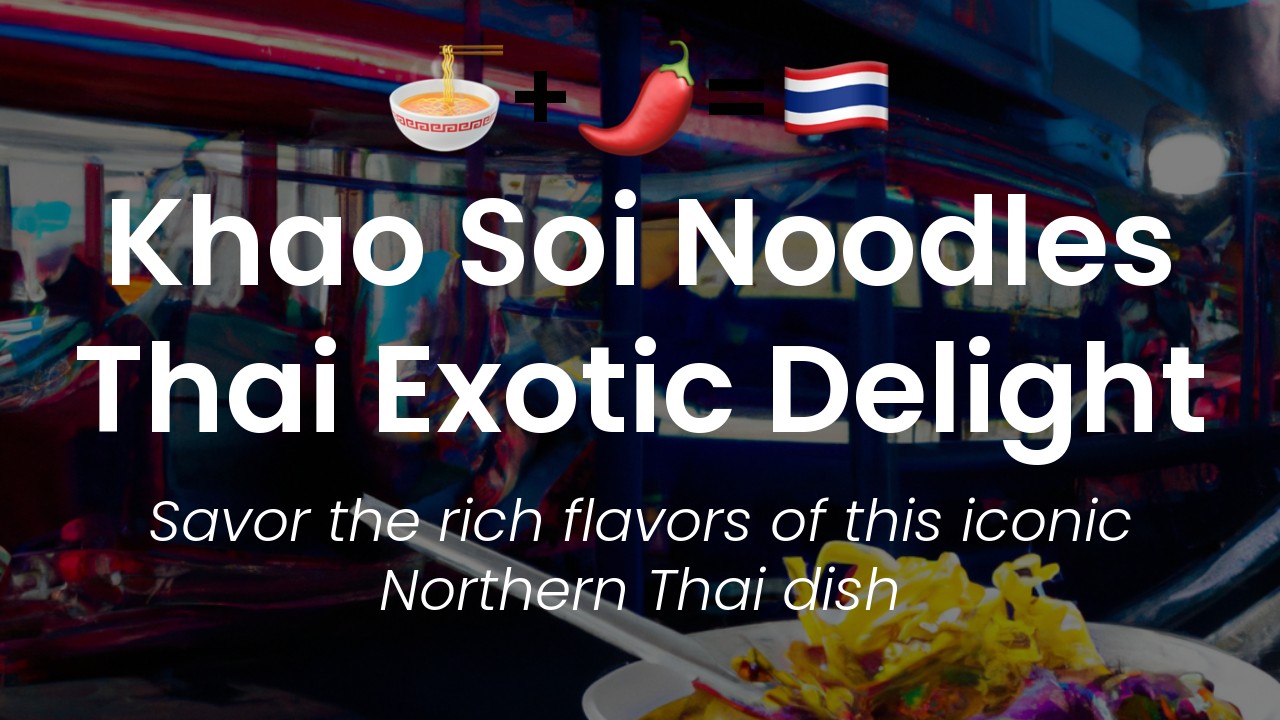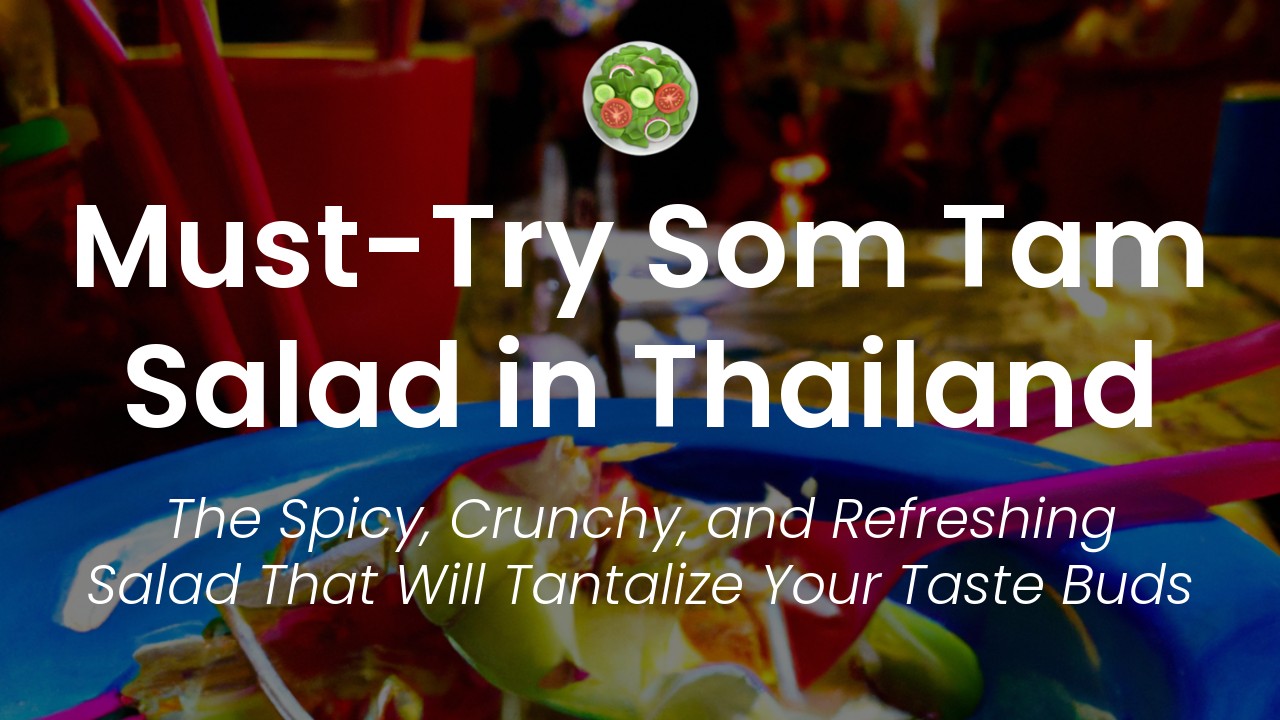Sawasdee ka, my dear readers! Today, I am thrilled to share with you one of my all-time favorite Thai dishes – Pad Thai. This popular stir-fried noodle dish has been dubbed as the national dish of Thailand and for good reason – the incredible flavors and textures that it brings to the table never fails to delight locals and foreigners alike.
Pad Thai has been around in Thailand for over 70 years and has since risen to become a worldwide sensation. Thai restaurants all over the globe feature this dish on their menu, but nothing compares to having an authentic Pad Thai in the Land of Smiles. While it's possible to find Pad Thai in every nook and cranny of Thailand, why not make the most out of your visit and try out some of the best places to savor it?
In this blog post, I will take you on a culinary adventure where we discover the best spots to indulge in the mouthwatering flavors of Pad Thai in various parts of Thailand. From the bustling streets of Bangkok to the serene beaches of Phuket, we will explore the unique twists that each region adds to this beloved dish. So, get ready to tantalize your taste buds and brace yourself for some serious Pad Thai cravings!
Origins of Pad Thai
Pad Thai is one of the most popular dishes in Thailand, known for its unique blend of sweet, sour, salty, and spicy flavors. The dish features stir-fried rice noodles, vegetables, shrimp, chicken or tofu, and a range of aromatic herbs and spices.
While Pad Thai has become synonymous with Thai cuisine today, the dish has an interesting history that dates back to the early 20th century. Thailand was going through a tough time in terms of its economy, and the government was seeking ways to promote national unity and instill a sense of pride in the Thai people. As part of this effort, the government launched a campaign to create a national dish that would showcase the diversity and richness of Thai cuisine.
According to traditional accounts, a young Chinese immigrant named Luang Phibunsongkhram played a pivotal role in the creation of Pad Thai. Luang, who would later become a prominent political figure in Thailand, was intrigued by the idea of creating a national dish that would showcase Thai flavors and ingredients. He commissioned a team of chefs to experiment with different recipes, and after much trial and error, they finally came up with the dish that we know today as Pad Thai.
Key Ingredients in Pad Thai
Pad Thai is a dish that brings together a range of ingredients, each of which plays a key role in the overall flavor and texture of the dish. Here are some of the essential ingredients:
-
Rice noodles: Rice noodles are the primary ingredient in Pad Thai, and they give the dish its signature chewy texture. The noodles are typically soaked in water before being stir-fried with a range of ingredients.
-
Tamarind paste: Tamarind paste is a crucial ingredient in Pad Thai, as it gives the dish its distinctive sweet and sour flavor. The paste is made from the pulp of the tamarind fruit and is typically mixed with water and sugar before being added to the dish.
-
Fish sauce: Fish sauce is a staple ingredient in Thai cuisine, and it plays a prominent role in Pad Thai. It adds saltiness and depth of flavor to the dish.
-
Palm sugar: Palm sugar is a type of sugar made from the sap of the palm tree. It is a key ingredient in Pad Thai, as it provides sweetness and balances out the sourness of the tamarind paste.
-
Eggs: Eggs are added to Pad Thai to provide protein and richness. They are typically scrambled before being added to the noodles.
-
Bean sprouts: Bean sprouts are a common ingredient in Pad Thai, as they add texture and freshness to the dish.
- Garlic and shallots: Garlic and shallots are used to add depth and complexity to the dish. They are typically sautéed with the other ingredients before being added to the noodles.
How Pad Thai is Prepared
While the specifics of Pad Thai preparation may vary depending on the recipe, the basic steps are as follows:
-
Soak the rice noodles in water for at least 30 minutes to soften them.
-
Sauté garlic and shallots in a pan until fragrant.
-
Add shrimp, chicken, or tofu to the pan and cook until cooked through.
-
Add the soaked noodles to the pan and stir-fry until heated through.
-
Add tamarind paste, fish sauce, and palm sugar to the pan and stir to combine.
-
Add beaten eggs to the pan and scramble until cooked through.
-
Add bean sprouts and toss to combine.
-
Serve hot with lime wedges, crushed peanuts, and fresh herbs.
Regional Variations of Pad Thai
While Pad Thai is a beloved dish across Thailand, there are also regional variations that reflect the unique flavors and ingredients of different parts of the country.
In the southern region of Thailand, for example, Pad Thai is often made with fresh seafood such as squid, crab or prawns, and is typically spicy with the addition of chilies or a side of spicy dipping sauce. In northern Thailand, ingredients such as dried shrimp, preserved radish, and pickled garlic are added to give the dish a unique flavor.
There is even an egg-wrapped version of the dish known as Pad Thai kai jeow, which originated in the Samut Songkhram province and features an egg omelet around a bed of soft rice noodles and stir-fried ingredients.
Best Places to Try Pad Thai in Thailand
While Pad Thai can be found in restaurants and food stalls throughout Thailand, there are a few places that are renowned for their delicious versions of the dish.
In Bangkok, Pad Thai Thip Samai has been serving up mouth-watering plates of Pad Thai for over 70 years. Their recipe includes juicy prawns, stir-fried eggs, and bean sprouts, all wrapped in a delicate layer of egg to add a smoky flavor to the dish.
In Chiang Mai, Pad Thai Hoi Thot is an institution that has been serving up delicious Pad Thai for over 40 years. They use fresh local ingredients to create a fragrant and flavorful version of the dish that is packed with flavor.
In Phuket, Pad Thai Shop is the go-to spot for locals and visitors alike. This family-run restaurant has been serving up Pad Thai for over 20 years, featuring fresh seafood like prawns and squid, combined with herbs and spices to create an irresistible blend of flavors.
Pairing Pad Thai with Thai Beverages
Pad Thai is a flavorful and complex dish that pairs well with a range of Thai beverages. Here are a few suggestions for the perfect pairing:
-
Singha beer: Singha is a popular Thai beer that is crisp and refreshing, making it an ideal pairing for the bold flavors of Pad Thai.
-
Thai iced tea: Thai iced tea is a sweet and creamy beverage made from black tea, condensed milk, and sugar. Its rich flavor complements the sweet and sour flavors of Pad Thai.
-
Coconut water: Coconut water is a refreshing and hydrating beverage that pairs well with the spicy flavors of Pad Thai.
- Chang beer: Chang beer is another popular Thai beer that is slightly sweeter than Singha. Its light and smooth taste make it an ideal accompaniment to the bold flavors of Pad Thai.







